

February 28, 2022, is the fifteenth International Rare Disease Day. On the same day, maternal and child health care experts, genetic counselors, and prenatal diagnosis experts from Lishui Maternal and Child Health Hospital jointly launched a birth defect prevention and control free clinic activity with the theme of “Love is not uncommon and ‘pregnancy’ is accompanied by”, in order to make more Many people are aware of rare diseases, early detection of rare diseases, early intervention, and reduction of the birth rate of death, disability, and serious defects.
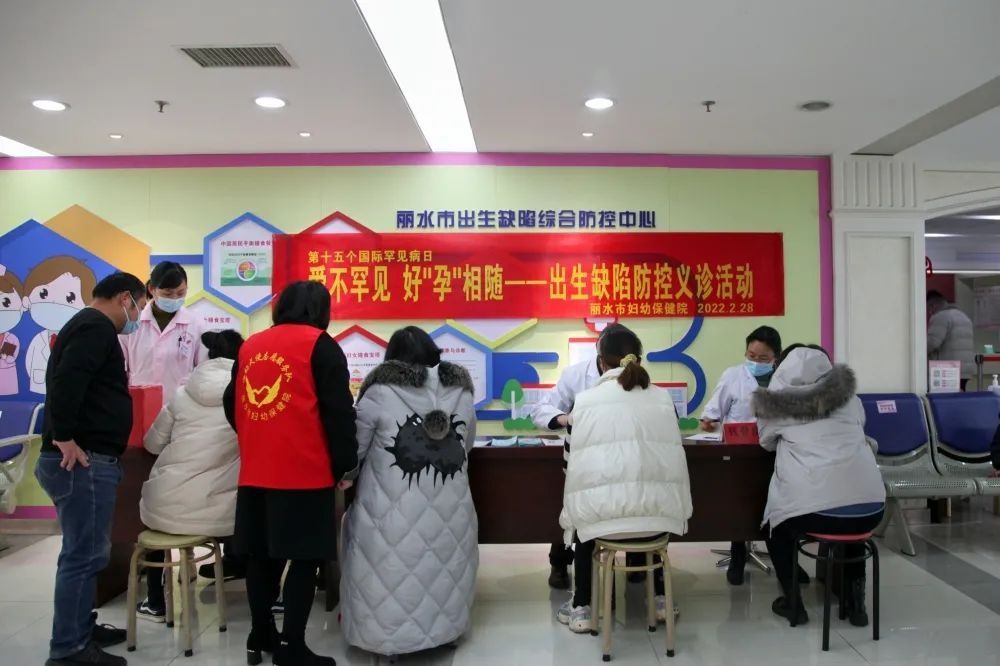
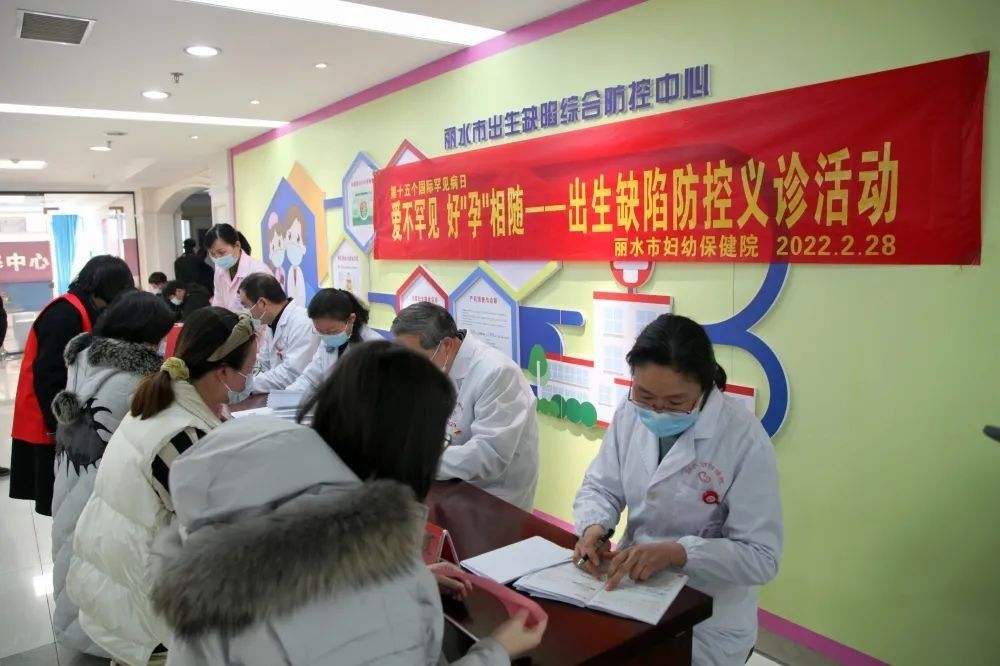
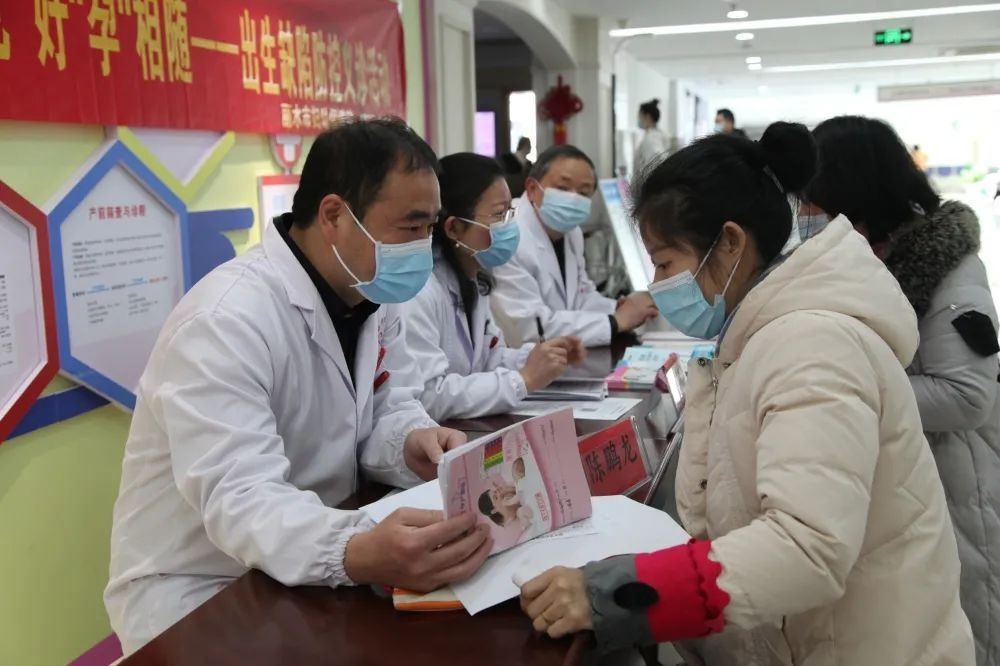
The director of the Prenatal Diagnosis Center of Lishui Maternal and Child Health Hospital said, Among all kinds of rare diseases, more than 80% are caused by genetic factors, and other causes include rare tumors, bacterial and viral infections, allergies, environment and other complex factors. And hereditary diseases are mostly caused by chromosomal and gene mutations, and there are dominant and recessive inheritance. When the same recessive genetic gene is matched, the next generation has a 1/4 possibility of the disease. For example, spinal muscular atrophy (SMA), the most common rare disease in infants and young children, if both husband and wife are SMA carriers, even if both of them have no symptoms, there is still a 25% chance of giving birth to a child with SMA.
Therefore, he reminded that the key to the prevention and treatment of rare diseases is to move the barrier forward, start the tertiary prevention of rare diseases from the source, and build three lines of defense.
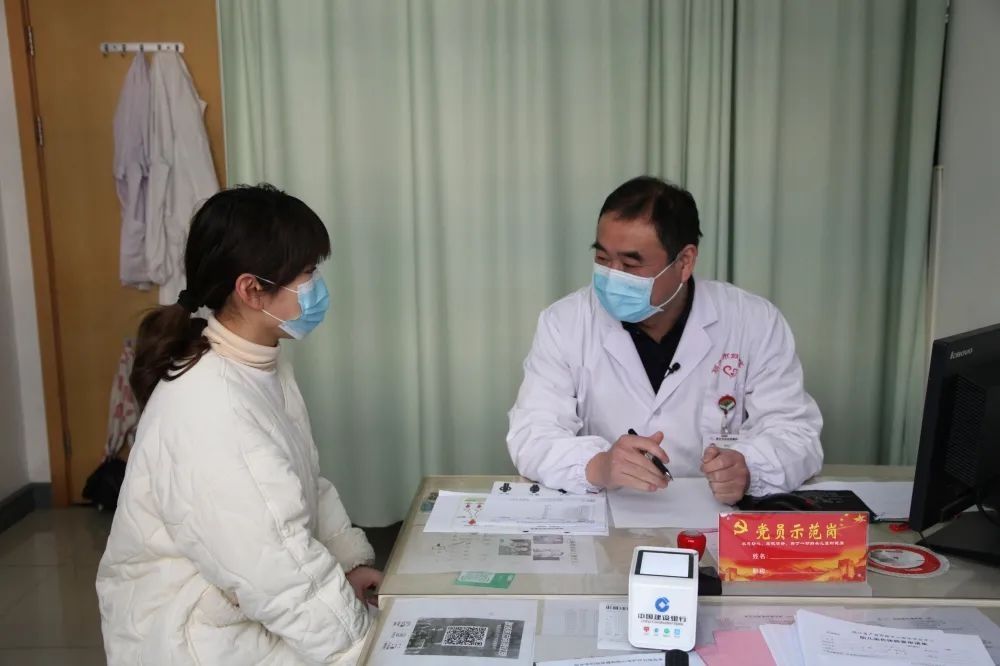

The secondary prevention of rare diseases mainly focuses on prenatal care, that is, guiding pregnant women to regular inspections, especially prenatal screening or prenatal diagnosis for high-risk pregnant and lying-in women, in order to achieve early diagnosis and early intervention , reducing the birth rate of severely defective children, thereby effectively blocking the intergenerational transmission of familial rare diseases from the source.
The tertiary prevention of rare diseases refers to the screening of neonatal diseases after birth to achieve early detection, early diagnosis, early treatment, avoid or delay disability, Improve the quality of life of children with rare diseases.
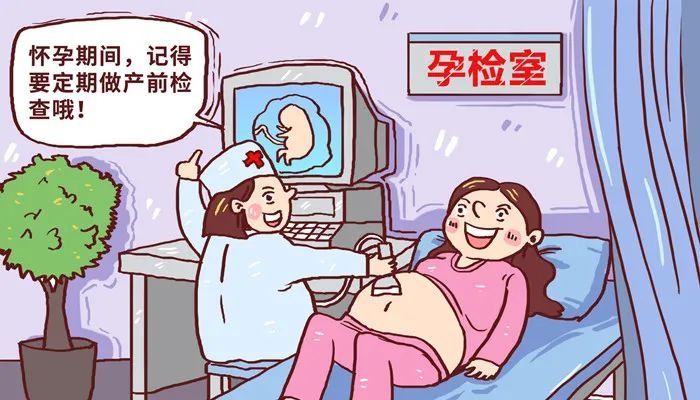
City Maternal and Child Health Hospital Prenatal Diagnosis The director of the center said that currently, less than 10% of rare diseases in the world have approved treatment drugs or programs, and the price is generally high, which is difficult for ordinary families to pay. 50% of rare diseases will develop in childhood, and 30% of patients Children do not survive to 5 years of age. Therefore, strengthening the primary and secondary prevention of rare diseases and reducing the birth of children with severe rare diseases is the “main battlefield” for the prevention and control of rare diseases. In February of this year, a case was encountered in the genetic counseling clinic of the Municipal Maternal and Child Health Hospital. The husband and wife were very healthy, but the child developed retardation at 16 months, could not call his parents, and walked in a strange shape. It was once regarded as autism. Treatment, but the situation did not ease. The child developed regression at the age of 3, mental retardation, loss of language ability, stubborn hand biting and other symptoms. After going to many hospitals, it was finally confirmed as “Rett syndrome”. 1/10000-1/15000. Therefore, it is appealed that all couples who plan to conceive cannot ignore the prevention and control of birth defects such as rare diseases.
Source: Lishui Maternal and Child Health Hospital